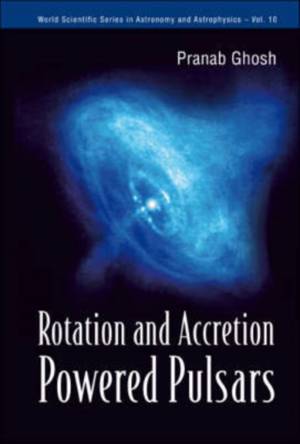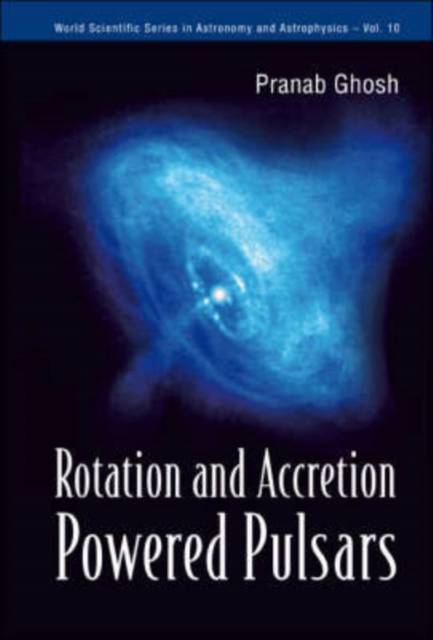
- Afhalen na 1 uur in een winkel met voorraad
- Gratis thuislevering in België vanaf € 30
- Ruim aanbod met 7 miljoen producten
- Afhalen na 1 uur in een winkel met voorraad
- Gratis thuislevering in België vanaf € 30
- Ruim aanbod met 7 miljoen producten
Zoeken
Omschrijving
This book is an introduction to pulsars, a key area in high energy astrophysics with continuing potential for fundamental discoveries. Throughout the book runs the unifying thread of the evolutionary link between rotation-powered pulsars and accretion-powered pulsars -- a milestone of modern astrophysics. Early textbooks on pulsars dealt almost entirely with rotation-powered ones, while accounts of pulsars in volumes on X-ray binaries focused almost exclusively on accretion-powered ones. This is the first textbook to treat these two kinds of pulsars simultaneously with equal importance, stressing the fact that both are rotating, magnetic neutron stars, operating under different conditions during different parts of their lives. It describes the observational properties of both kinds of pulsars, summarizes our physical understanding of these properties, and pays detailed attention to the physics of superdense matter which neutron stars are composed of, as well as to the superfluidity which is expected to occur in neutron stars. Evolution from rotation-power to accretion-power, and vice versa, are carefully described. The effects of the strong magnetic fields of neutron stars on themselves, their emission properties, and their environments are discussed, as are the origin and evolution of such magnetic fields. Also treated is the superbly accurate verification of Einstein's theory of general relativity through timing studies of binary pulsars, which led to the award of the Nobel Prize to Hulse and Taylor in 1993. On each topic, the book starts with simple, basic physical concepts, and builds up the exposition to the point where the latest and most exciting developments become accessible to the reader.
Specificaties
Betrokkenen
- Auteur(s):
- Uitgeverij:
Inhoud
- Aantal bladzijden:
- 792
- Taal:
- Engels
- Reeks:
- Reeksnummer:
- nr. 10
Eigenschappen
- Productcode (EAN):
- 9789810247447
- Verschijningsdatum:
- 18/04/2007
- Uitvoering:
- Hardcover
- Formaat:
- Genaaid
- Afmetingen:
- 161 mm x 230 mm
- Gewicht:
- 1510 g

Alleen bij Standaard Boekhandel
+ 861 punten op je klantenkaart van Standaard Boekhandel
Beoordelingen
We publiceren alleen reviews die voldoen aan de voorwaarden voor reviews. Bekijk onze voorwaarden voor reviews.








